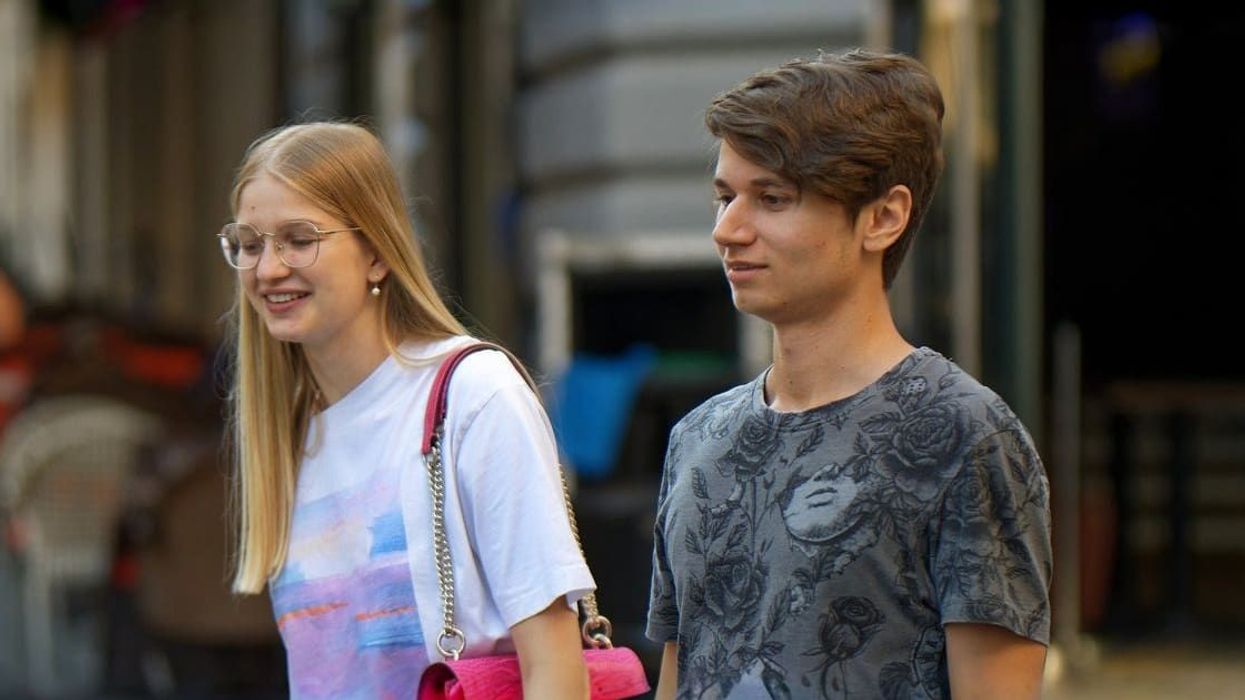My name is Fred Obudho. I grew up in Kenya, on the outskirts of Nairobi, in a one-room house with my 12 brothers and sisters. When my parents and younger siblings moved to become farmers on the shores of Lake Victoria, I stayed behind to start my own family.
The majority of people in sub-Saharan Africa rely on subsistence farming for food. With primitive tools, it’s hard labor. My parents were irrigating their farmland with a bucket of water.
I earned a degree in mechanical engineering from the Technical University of Mombasa. After graduating, I went to work for a steel kitchenware company, focused on how I could help my family across the country.
A few years later, I learned about a job opening at KickStart International, which makes small irrigation pumps for local peasant farmers. It was an opportunity to work on a product that could help families like mine.
KickStart’s co-founders, Martin Fisher and Nick Moon, came to the organization after years of working in more traditional aid organizations, determined not to fall victim to the same mistakes they had repeatedly seen. Early on, they decided to take a market-based approach, understanding human psychology that people more often value things they work and pay for than things that they are given for free. They also knew that farmers would invest months of wages to increase their crop yields and profits many times over.
The key to a sustainable, market-based approach is to know your customer—their financial capacity, their penchant for risk, their dreams for their children. As KickStart employees, we are able to act as that bridge between the organization and our customers. KickStart also employs a user-centered design approach, sourcing extensive feedback through our hundreds of salespeople across the continent.
A prime example of KickStart’s user-centered approach is the evolution from the traditional foot-powered pump to our popular hip-enabled pump. The original foot-powered pumps enabled users to leverage their leg power; however, the design required standing on knee-high treadles to pump, which went against the local cultural norms for women. So, we completely redesigned the pumps, lowering the treadles to make them more female-friendly. The process also yielded a completely new type of pump, powered by leaning in with hips, rather than peddling with legs.
The hip pump turned out to be an even lower-cost solution, while also enabling women to pump water standing at ground level and safeguarding their cultural integrity. It can extract water below ground and irrigates a good amount of land.
Over the past six years, we’ve sold more than 40,000 hip pumps. Since 1998, around 155,000 new businesses have been started using KickStart tools. KickStart estimates that these businesses generate more than $US 130 million in new profits and wages annually, and have created 70,000 paying jobs—lifting over three-quarters of a million people out of poverty.
But our continued challenge is improving our pumps. Due to rudimentary technology in our design workshop, a single piece of a pump might take weeks or months to prototype. Myself and three other KickStart engineers traveled from Nairobi to San Francisco earlier this year to learn about processes and technologies we never dreamed existed.
Outfitted with laptops, a software suite, and American delicacies, my team received training on software to model new and improved parts for the next generation of pumps.
Just a few days into our first week, we watched a 3D printer meticulously plot out a set of parts that would have taken weeks, if not months, to prototype. By the end, we had prototyped parts for several next-generation pumps, which we plan to pilot and, after extensive testing, bring to market.
I now lead a team of 10 and the real power of KickStart isn’t our pump, that miraculous moment when water flows through for the first time, or the livelihood we can create. Instead, for me, a father of four, it’s about what our pumps enable. They put money in the pockets of parents to send their children to school.
Through my own experience, I see education as the way to lift Africans out of poverty. I think often of the sacrifices of my father, who worked as a gas attendant in a fuel station to send a great number of my siblings to university. When my family turned to farming, however, I became acutely aware how they struggled to generate school fees.
Education has always been my top priority for my children. I’m proud beyond measure that my eldest son will be heading off to university next year, and I feel no small amount pride knowing that countless other people will do the same, thanks to the tools that my team at KickStart creates.
Fred Obudho is an engineer with KickStart International, a grantee of the Autodesk Foundation.
















 Otis knew before they did.
Otis knew before they did.